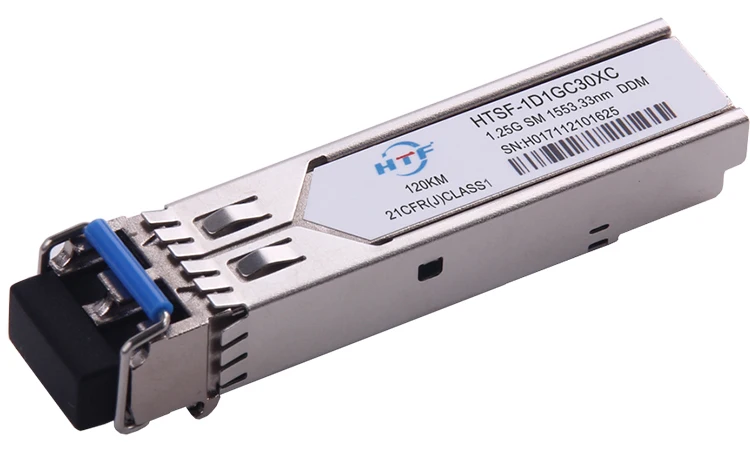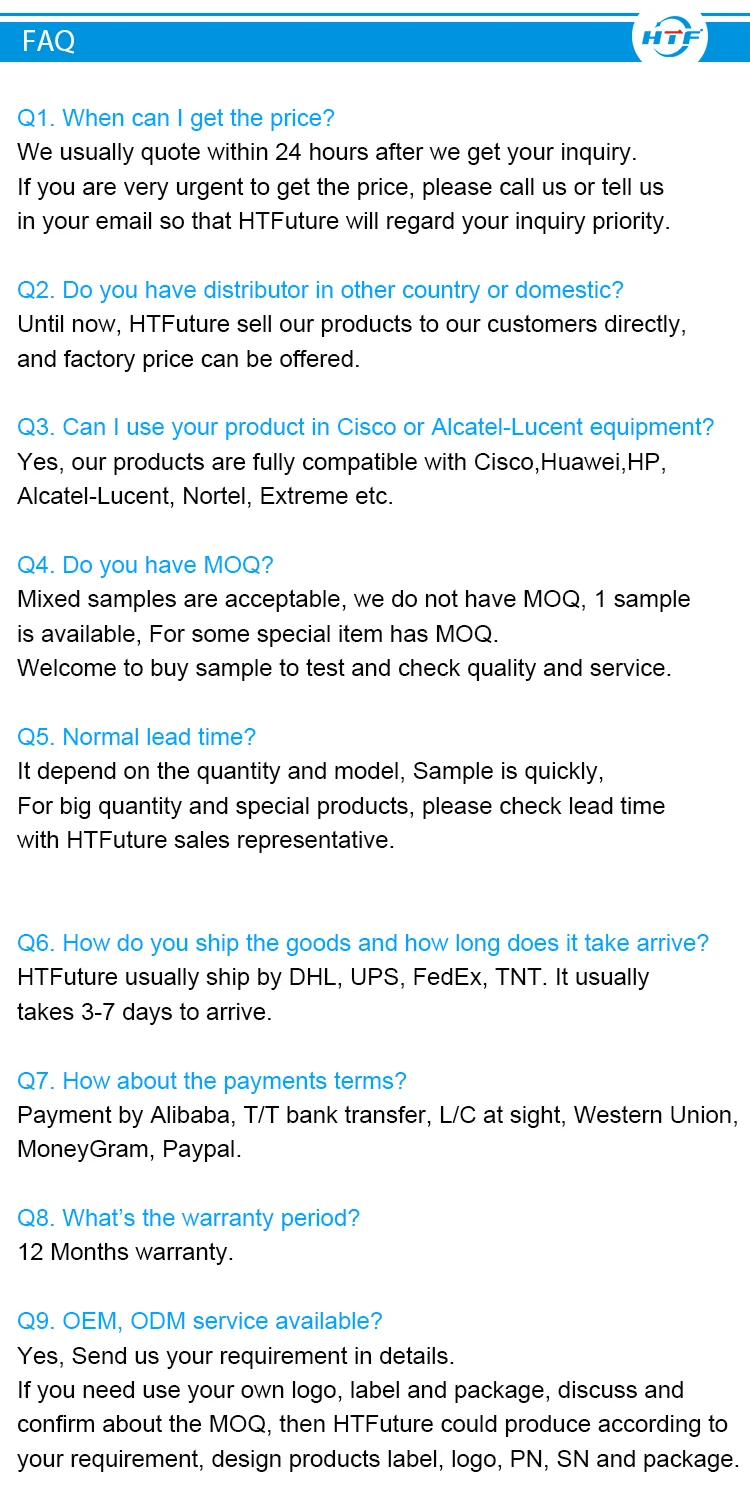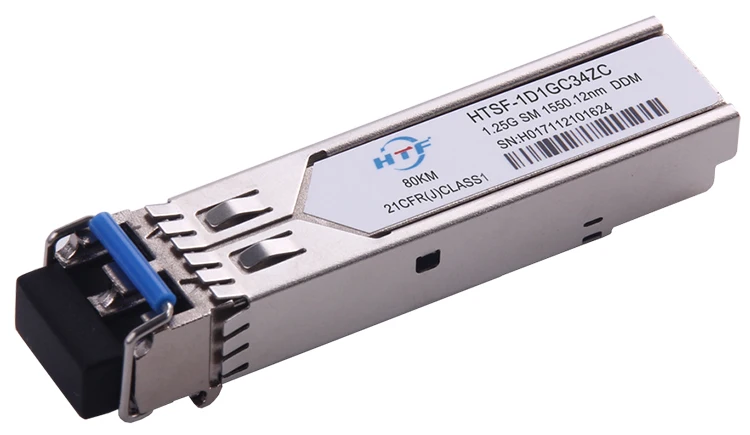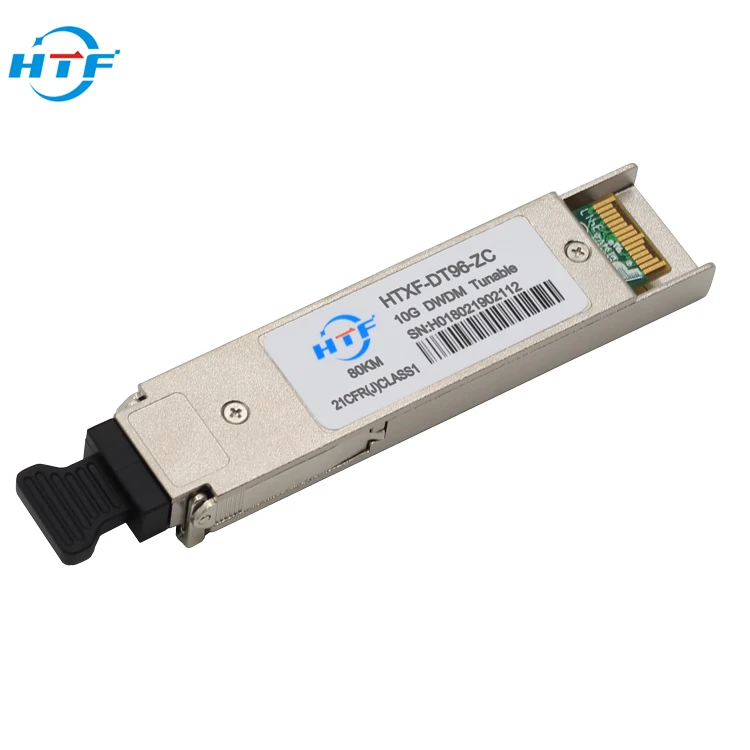What is Multi-Source Agreement?
When referring to pluggable transceivers, you will often see that manufacturers state that they are “MSA Compliant” but what does this mean? MSA stands for Multi-Source Agreement, which is an agreement between multiple manufacturers to make products which are compatible across vendors, acting as de facto standards, establishing a competitive market for interoperable products. Products that adhere to MSAs include optical transceivers, fibre optic cables, and other networking devices.
MSAs strictly define the operating characteristics of these transceivers so that system vendors may implement ports in their devices that allow MSA compliant transceivers produced by name brand OEMs, as well a third party vendors, to function properly. That is, transceivers may be purchased from any of the multiple sources in the open market. MSAs are also important in the cabling industry as the density, line speed, power consumption and typical costs of a MSA can strongly impact its success in the marketplace. This, in turn, can drive the choice for both connector and media type.
Why is Multi-Source Agreement So Important?
Equipment vendors all rely on MSAs when designing their systems, ensuring interoperability and interchangeability between interface modules. This means that every supplier can produce transceiver modules with the same functionality ensuring interoperability between the products, in turn creating choice for the end-user. For this reason, there are a number of transceiver module suppliers from which customers can choose freely.
Freedom of choice is the foundation of the efficient market economy, and encourages suppliers to operate as efficiently as possible to gain market share. This in turn will drive down costs, which ultimately benefits customers.
Approved Multi-Source Agreements Governing Transceivers
This is a list of approved MSAs governing transceivers. Some of these agreements are now obsolete such as GBIC, which has been superseded by the SFP.
If you would like more information on any of our products and services, please contact Ivy by email or skype: sales6@htfuture.com
Related Product
(1) Optical module (1.25G SFP, 10G XFP, SFP+, CWDM/DWDM, BIDI, 25G, 40G, 100G Module etc),
(2) Wavelength division multiplexer (WDM/CWDM/DWDM/OADM)
(3) Optical Transport Network Product (OEO, OTU, OBP, OLP, EDFA etc)













